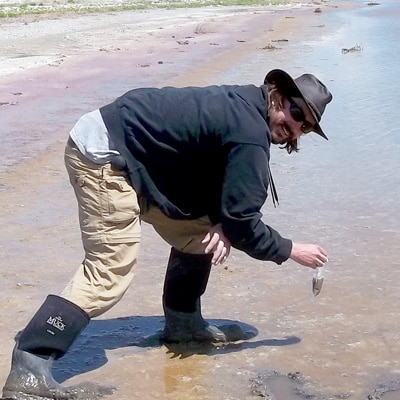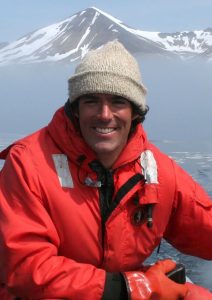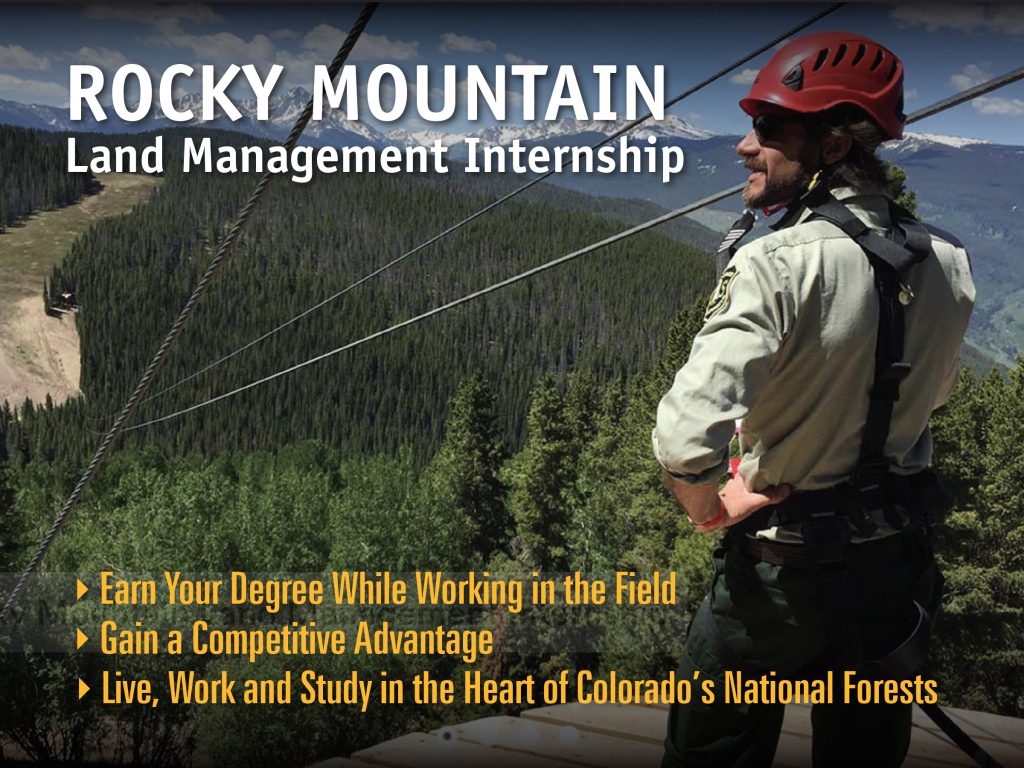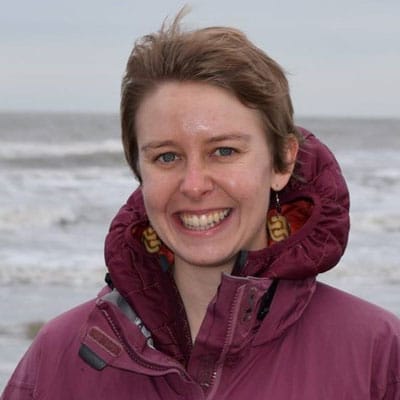
Emily Schultz, PhD
Associate Professor, Biology and ESSeschultz3@coloradomtn.edu
Pronouns: She/Her
Education
- PhD in Ecology and Evolutionary Biology, Rice University
- BA in Organismal Biology and Ecology, Scripps College
Publications
- Schultz, E.L., L. Hülsmann M. D. Pillet, F. Hartig, D. D. Breshears, S. Record, J. D. Shaw, R. J. DeRose, P. A. Zuidema, M. E. K. Evans. “Climate-driven, but dynamic and complex? A reconciliation of competing hypotheses for species’ distributions”. In review at Ecology Letters.
- Schultz, E.L., J.Eckberg, S. Berg, S.M. Louda, and T.E.X. Miller. 2017. “Native insect herbivory suppresses invasion and complex population dynamics of weeds across heterogeneous environments”. Ecology Letters 20(11): 1374–1384.
Professional Associations
- Ecological Society of America
Personal Interests
I love to get outside and explore the natural world, which is what originally got me interested in ecology. When I'm stuck inside, I enjoy reading, knitting, and sewing. Most recently I started woodworking and boxing.
Family
You might see me walking around Breckenridge with my dog Pirate; my cats, Aiko and Shoyu, prefer to stay home.
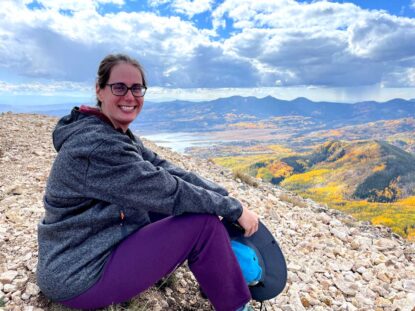
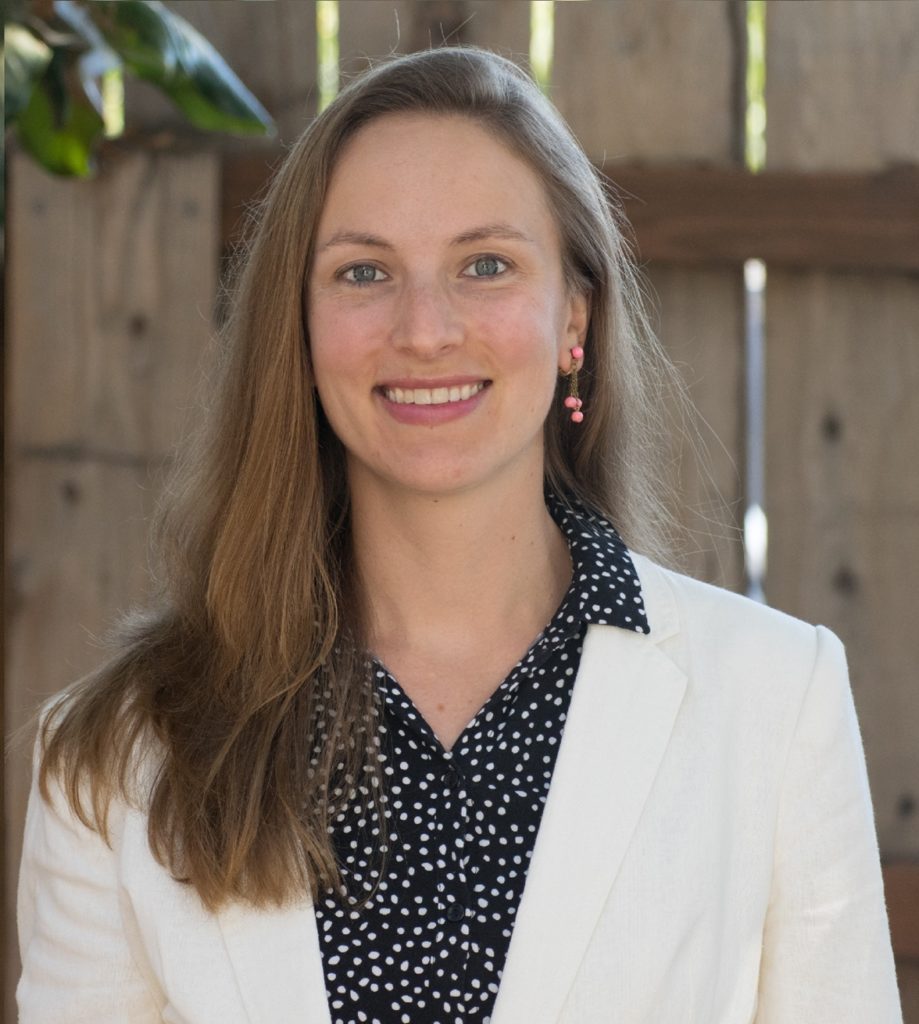
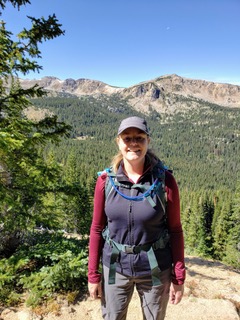 Education
Education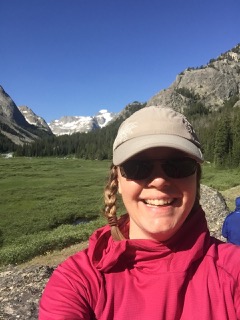 What Students Say
What Students Say